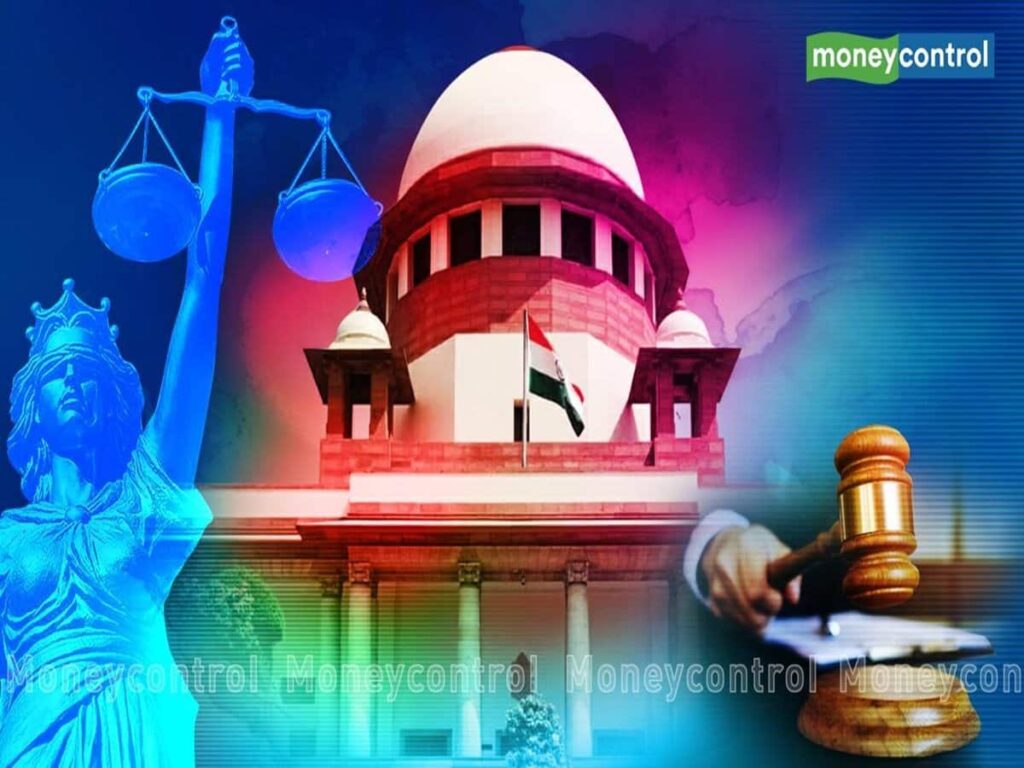The Esther Anuhaya rape-murder case has recently reached a significant turning point in the Indian legal system. This high-profile case has seen its fair share of legal battles, highlighting the complexities involved in the judicial process. At the center of it all is Chandrabhan Sanap, who previously received the death penalty for his heinous crimes. However, his appeal against the verdict has led to controversy and discourse about the legal standards associated with capital punishment in India.
Background of the Case
The Esther Anuhaya case is not just another incident of crime; it reflects the rampant issues of violence against women in society. Anuhaya, a student, became a victim of a brutal rape and murder in 2007, leading to widespread public outcry and demands for justice. The ghastly nature of the crime sparked debates on the judicial system’s efficiency and the need for stricter laws to protect women.
The Initial Trial and Sentencing
In 2009, Chandrabhan Sanap was convicted and sentenced to death for his role in this crime. The trial showcased substantial evidence presented by the prosecution, depicting the gruesome details of Anuhaya’s murder. However, despite the strong case against him, legal ambiguities and procedural errors became focal points during his appeals.
Court Proceedings and Appeals
Following his conviction, Sanap appealed to the Bombay High Court to challenge the death sentence. The higher court, however, upheld the trial court’s judgment, reinforcing the initial verdict based on the severity of the crime and its social implications. Undeterred, Sanap escalated the matter to the Supreme Court, which ultimately became the final arbiter in this case.
The Supreme Court Decision
In a recent ruling, the Supreme Court addressed the gaps in the prosecution’s case, leading to a reevaluation of the evidence and the credibility of witnesses. The court identified deficiencies in the legal arguments presented during the earlier proceedings. As a result, the Supreme Court overturned Sanap’s death sentence, sending shockwaves through the victim’s family and the public at large.
Impact and Implications
This decision raises significant questions about the nature of justice and the effectiveness of the legal system in handling cases of grave violence against women. It underscores the need for more robust legal frameworks and guidelines for ensuring that justice is not only served but also perceived as equitable by society. The case has ignited conversations about the challenges victims’ families face, not just in seeking justice but also in coping with the legal system’s delays and potential for injustice.
Table: Key Events in the Esther Anuhaya Case
| Year | Event |
|---|---|
| 2007 | Esther Anuhaya is raped and murdered. |
| 2009 | Chandrabhan Sanap sentenced to death. |
| 2010 | Sanap appeals against the death sentence in the Bombay High Court. |
| 2023 | Supreme Court overturns the death sentence due to prosecution deficiencies. |
Conclusion
The Esther Anuhaya rape-murder case has not only highlighted the tragic loss of a young life but also emphasized critical flaws in the judiciary that can affect the outcomes of high-stakes criminal cases. The recent Supreme Court ruling serves as a reminder of the complexities surrounding capital punishment in India, detailing a need for reform and diligence within the legal system. As society continues to grapple with issues of gender-based violence, the lessons drawn from this case will be vital in shaping future legislative and judicial policies to ensure justice is delivered unequivocally.
